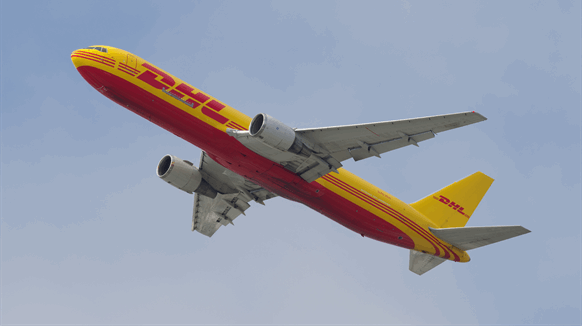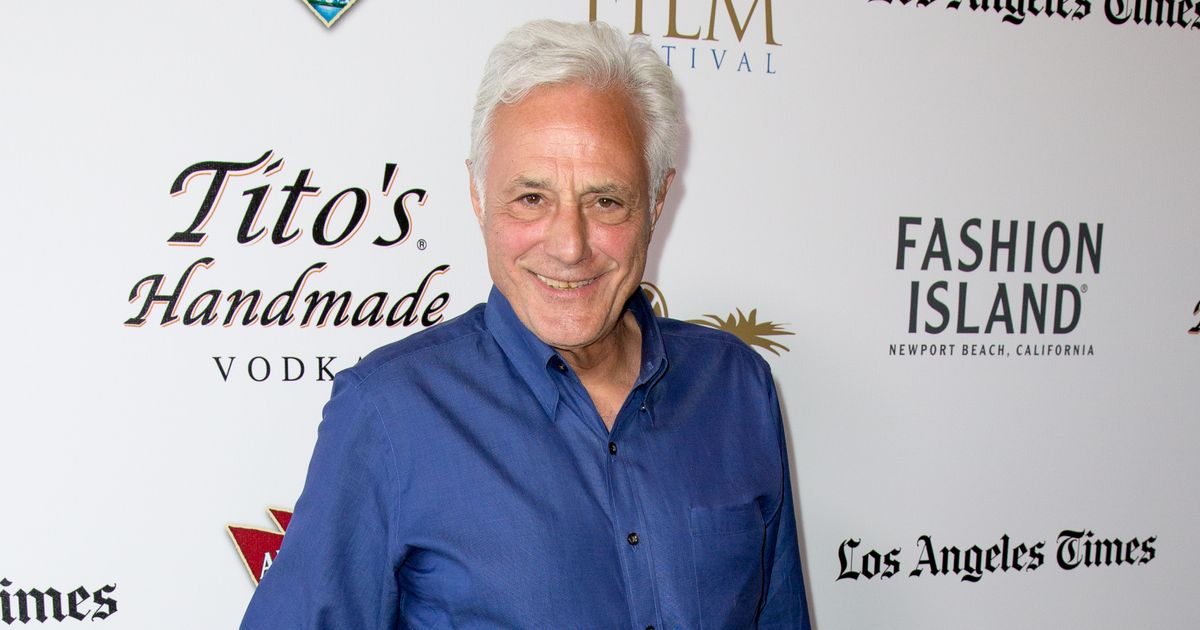To reduce the enormous climate impact of air travel, airlines around the world have promised to use large quantities of more environmentally friendly jet fuel. But most airlines are falling far short of their promises, according to a Bloomberg Green Analysis of companies’ environmental filings for 2023.
Although many airlines have pledged to source at least 10 percent of their fuel from cleaner sources by the end of the decade, the use of sustainable aviation fuel, or “SAF,” increased from 0.04 percent of global aviation fuel in 2021 to 0.17 percent in 2023, according to estimates by the International Air Transport Association (IATA).
European airlines are beating their competitors in the U.S. and elsewhere. That’s partly because of a government mandate: The European Union is requiring airlines to use 2 percent SAF starting next year. Other governments, including the U.K., Singapore and British Columbia, are following suit with their own regulations. In contrast, the U.S. is taking a voluntary approach: The government is offering lucrative incentives for SAF but is not requiring airlines to buy the cleaner fuels, which cost about three times as much as conventional jet fuel.
“There is a really meaningful pressure forcing (European airlines) to use SAF,” says Nik Pavlenko, who leads the fuels team at the International Council on Clean Transportation, a nonprofit think tank. “In the U.S., there is still some cognitive dissonance between the claims of achieving net-zero emissions by 2050 and the excitement around SAF and what airlines are actually willing to pay for if they don’t have to.”
DHL Group is a global leader in the adoption of SAF, sourcing more than three percent of its jet fuel from cleaner sources last year. To reach that goal, the Bonn-based cargo airline bought more lower-emission jet fuel than all U.S. airlines combined. Unlike its European rival, Memphis-based FedEx Corp. did not buy SAF last year, despite pledging to source 30 percent of its jet fuel from cleaner sources by 2030.
Air France-KLM, on the other hand, led all passenger airlines last year with 1.1 percent SAF. That is more than six times as much as the US market leader United Airlines Holdings Inc., which heavily promotes cleaner aircraft fuels. The share was 0.17 percent.
“Carrot alone – I don’t think it’s that effective,” says Marina Efthymiou, professor of aviation management at Dublin City University Business School. She is calling on governments to use both incentives and regulations to get the SAF market going.
Representatives of several US airlines said Bloomberg Green that they are committed to increasing the use of cleaner fuels. Although available supply has been limited, things are slowly picking up, say industry officials, who point to U.S. government data showing that the amount of SAF produced or imported into the country doubled in the first half of this year compared to all of 2023.
“This is the kind of exponential growth we were hoping for,” said John Heimlich, chief economist at Airlines for America, an industry trade group.
But since SAF remains significantly more expensive, Heimlich adds, regulations would drive up airfares. “That would only make air travel more expensive and less affordable for all customers,” he says.
United declined to comment on the SAF figures, while a FedEx spokesperson said in an email that the recent increase in cleaner fuel production was a great sign given the “up and downs of the market over the past decade.”
The task ahead for all airlines remains daunting. Aviation accounts for about 2.5 percent of humanity’s carbon dioxide emissions, but that figure is expected to rise as air travel increases and other major sources of climate pollution such as power plants and cars switch to cleaner alternatives. Battery-powered aircraft are unlikely to have the range to handle long-haul flights, which generate most emissions; and hydrogen-powered aircraft could be decades away. That leaves cleaner fuels – made from lower-emission sources such as used cooking oil, animal tallow and energy crops – as the aviation industry’s main hope for reducing its climate impact.
Dozens of new SAF plants are expected to come online in the next few years. Diamond Green Diesel, a joint venture between Valero Energy Corp. and Darling Ingredients Inc., says its Texas plant, which can produce up to 235 million gallons of SAF per year, will begin operations later this year.
But other highly anticipated sources of cleaner fuels have stumbled badly. Fulcrum BioEnergy, which raised over $1 billion to convert municipal waste into liquid fuels, laid off most of its employees and shut down operations in May, as first reported Bloomberg GreenThe dire turn of events raises doubts about the future of Fulcrum’s flagship plant outside Reno, Nevada, as well as planned waste-to-energy plants in Indiana, Texas and the UK.
The bumpy progress on new plants prompted IATA this summer to cut its estimate of future SAF production by the end of the decade by almost 20 percent. Meanwhile, Air New Zealand Ltd. last month pulled the plug on its 2030 climate target, citing a lack of lower-emission fuels in part.
DHL sourced more than three percent of its jet fuel from cleaner sources last year. Photo: Krisztian Bocsi/Bloomberg
The lack of cleaner fuels makes DHL’s market-leading numbers all the more remarkable. When the company announced a plan to accelerate its emissions reductions in 2021, it pledged to spend €7 billion over the next decade on it. Last year, that included €113 million to cover the additional costs of SAF over conventional jet fuel.
“We are serious about what we do,” said Yin Zou, Executive Vice President for Corporate Development at DHL, Bloomberg Green in an interview last year. “We are searching every inch of the Earth’s surface for suppliers” of cleaner jet fuel, he added.
DHL isn’t exactly financially strong compared to its competitors. Last year, it posted profits of about $4 billion, roughly on par with FedEx. United Parcel Service Inc., which posted nearly $7 billion in profits and has committed to using 30 percent SAF by 2035, didn’t disclose its amount of cleaner fuel last year, describing it only as “non-essential.”
“Supply remains limited and economies of scale have not been achieved, making widespread adoption too expensive,” a UPS spokesman said in a written statement.
For Efthymiou, the Dublin professor, it often comes down to the commitment of the people who run these companies. While some of them are taking action, she says, “some airlines are more reactive. Unless they are put in the spotlight, they will do nothing.”




